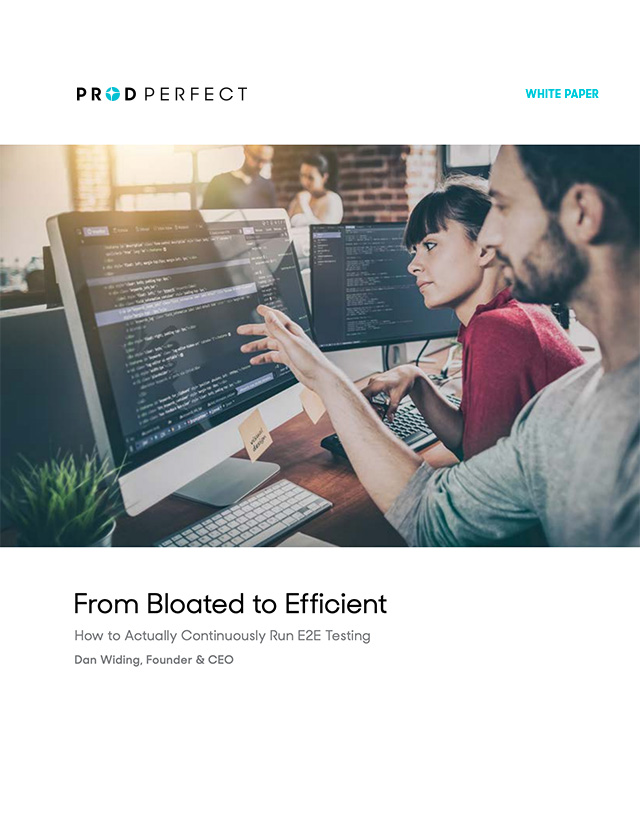E2E Testing Can Be a Double-Edged Sword
Continuous testing is the holy grail of quality assurance when developing web applications. Continuous testing goes beyond preventing bugs from being shipped: it gives your developers immediate feedback on the small amount of code that would have just broken your app. And the immediacy of this feedback really, really matters.
However, supporting continuous testing at the browser level, where Selenium-like code is typically deployed for end-to-end (E2E) testing, poses challenges—namely, resource intensity and long runtimes inherent to E2E processes—that require intelligent strategies to overcome.
Unclog Your E2E Pipeline
The solution is simple: your E2E tests should be designed to cover what users are actually trying to do in your application. There are three essential strategies you can put into practice to focus your testing on what really matters:
- Implement product analytics tools on production and use those insights to drive what to test.
- Frequently scrutinize your test cases to decide what to add and what to retire.
- Manage the test suite’s runtime as a resource.
Following these strategies will allow you to keep runtime tight and maintain a highly effective test suite with limited resources.
Download the white paper to learn how data-driven testing strategies can make your developers more agile, productive and effective in managing software fixes.

